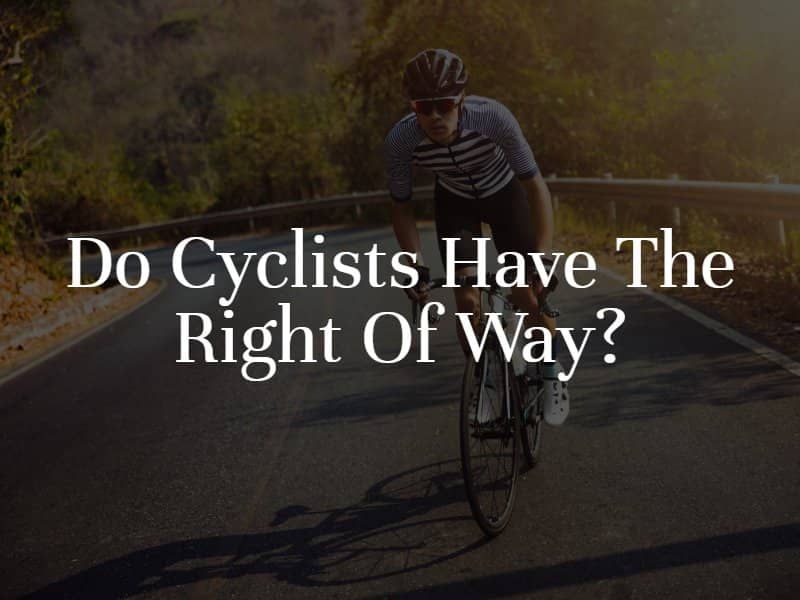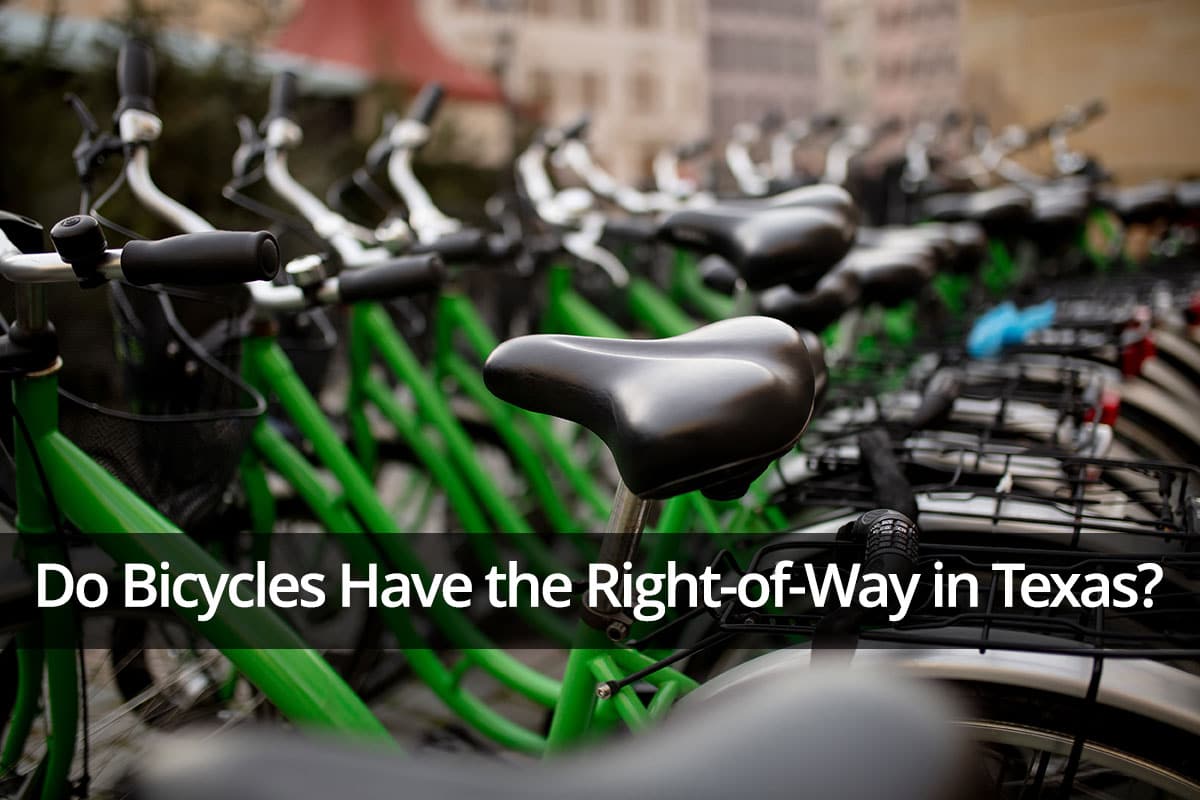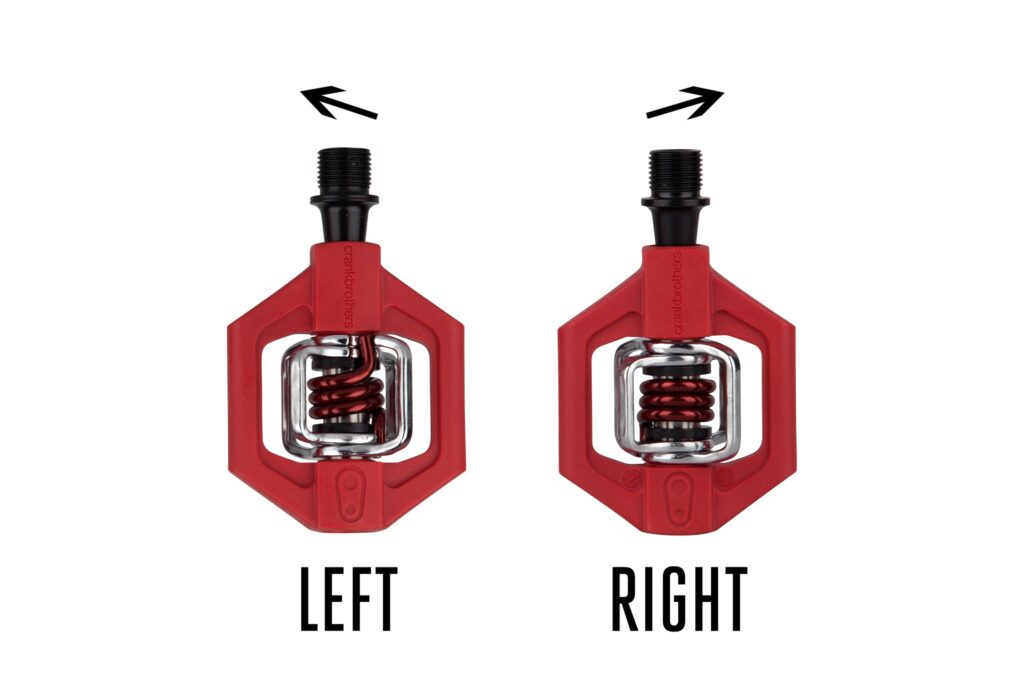Imagine you’re cruising down the road, the wind in your hair, the rhythmic pedaling of your bike echoing the beat of freedom. But suddenly, a car looms, and you’re left wondering: do bicycles have the right of way?
As a cyclist, or even a driver, this question isn’t just about following the rules—it’s about safety, respect, and sharing the road. You deserve to know where you stand and how you can protect yourself and others. This article dives deep into the intricacies of road rights, unraveling the myths and truths that surround cyclists and their place on the streets.
Stay with us, and you’ll discover essential insights that empower you to ride confidently and drive responsibly.

Credit: caseygerry.com
Bicycle Laws And Regulations
Bicycles often share roads with cars, raising questions about right of way. Generally, bicycles should follow traffic laws like vehicles. Drivers must yield to bicyclists in bike lanes or marked crossings.
Navigating the streets on a bicycle comes with its own set of rules and regulations. Understanding these laws is crucial for your safety and the safety of others. Whether you’re a seasoned cyclist or just starting out, it’s important to know your rights and responsibilities on the road.Bicycle Laws Vary By Location
Bicycle laws aren’t the same everywhere. Each state or country has its own rules. In some places, bicycles are treated like vehicles, meaning you have to follow the same rules as cars. Check your local laws before hitting the road. It can save you from fines and help you ride safely.Common Traffic Rules For Cyclists
Most places require cyclists to obey traffic signals and signs. This means stopping at red lights and stop signs, just like cars do. You should ride in the direction of traffic. Riding against traffic can be dangerous and is often illegal.Riding On Sidewalks
Can you ride your bicycle on sidewalks? This depends on where you are. Some cities allow it, especially for children, while others prohibit it entirely. Riding on the sidewalk can be safer in heavy traffic areas, but always yield to pedestrians. It’s a good idea to slow down and be extra cautious.Use Of Bike Lanes
Bike lanes are designed for your safety. They help separate you from motor vehicles. But what if there’s no bike lane? You may need to share the road. In such cases, ride as far to the right as possible, unless you’re making a left turn or avoiding hazards.Safety Gear Requirements
Wearing a helmet isn’t just smart; it’s often required by law, especially for minors. Reflective clothing and lights are also essential for visibility. Think about your safety gear as your first line of defense. Wouldn’t you want to be seen clearly by drivers, especially at night?Consequences Of Ignoring Bicycle Laws
Ignoring bicycle laws can lead to accidents. It can also result in fines or other penalties. Have you ever been stopped by a police officer for a bicycle infraction? It’s a wake-up call to follow the rules. Staying informed about bicycle laws and regulations is not just about avoiding trouble. It’s about being a responsible cyclist who prioritizes safety for yourself and others. Isn’t that worth it?
Credit: warriorsforjustice.com
Common Misconceptions
Understanding whether bicycles have the right of way can be confusing. Many people misunderstand the rules of the road concerning cyclists. These misconceptions often lead to unsafe situations. Let’s explore common misconceptions about cyclists’ rights.
Misconception 1: Cyclists Always Have The Right Of Way
Some believe cyclists always have the right of way. This is not true. Cyclists must follow traffic signals and signs. They must yield at intersections just like cars. This helps keep everyone safe.
Misconception 2: Bicycles Are Allowed On Sidewalks
Many think bicycles can use sidewalks. In reality, this depends on local laws. Some cities ban bicycles from sidewalks to protect pedestrians. Always check local regulations.
Misconception 3: Cyclists Don’t Need To Signal
Some people think cyclists don’t need to use hand signals. Signals are crucial for safety. Cyclists should signal turns and stops. This alerts drivers and pedestrians of their actions.
Misconception 4: Cyclists Are Immune To Traffic Laws
Many think cyclists are not bound by traffic laws. Cyclists must obey the same rules as cars. Running red lights or stop signs is illegal. Cyclists face fines for breaking traffic laws.
Misconception 5: Bike Lanes Are Optional
Some drivers believe bike lanes are optional for cyclists. Cyclists should use bike lanes when available. This helps maintain order on the road. It also increases safety for everyone.
Promoting Safe Coexistence
Bicycles and vehicles share the road. Promoting safe coexistence is crucial. Respect and understanding between cyclists and drivers can lead to safer journeys. Both groups should be aware of each other’s rights. This awareness reduces accidents and improves road harmony.
Understanding Traffic Rules
Traffic rules apply to everyone on the road. Cyclists must obey stop signs and traffic lights. Drivers should watch for cyclists at intersections. Knowing these rules helps everyone stay safe.
Communication Is Key
Clear signals prevent confusion. Cyclists should use hand signals when turning. Drivers can use their horn wisely to alert cyclists. Good communication can prevent many accidents.
Respecting Space
Space is essential for safety. Cyclists need room to maneuver. Drivers should keep a safe distance. Sharing space respectfully ensures smoother traffic flow.
Educational Campaigns
Education improves road safety. Campaigns can teach road users about coexistence. Schools and communities can spread awareness. This helps everyone understand the importance of sharing the road.
Community Involvement
Community efforts can promote safer roads. Local groups can organize events. These events can educate people on road safety. Involvement fosters respect among cyclists and drivers.

Credit: www.peoplepoweredmovement.org
Conclusion
Bicycles and cars share the road every day. Understanding right of way rules helps everyone stay safe. Cyclists must be aware of local laws. Drivers must respect cyclists’ space. A little patience goes a long way. Communication on the road is key.
Clear signals prevent accidents. Everyone arrives safely when rules are followed. Cyclists and drivers both play crucial roles. Roads belong to all, not just one group. Mutual respect creates harmony. Safety improves with shared responsibility. Riding or driving, respect the road.
Make every trip a safe one. Remember, safety is everyone’s responsibility. Enjoy the ride or drive!



